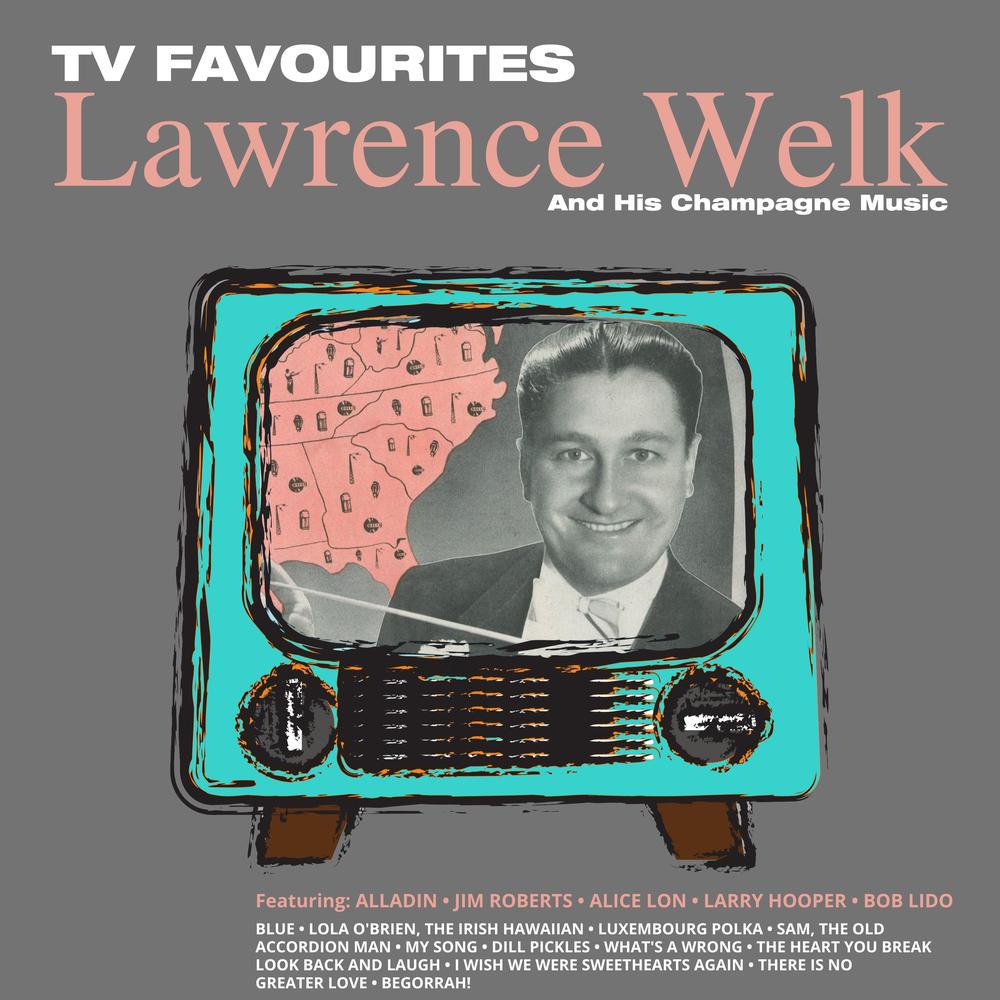
Lawrence was still moving on yet staying musically at one speed. After Elvis hit the scene, quickly followed by Jerry Lee Lewis, Carl Perkins, and Johnny Cash, the music scene both rhythmically and categorically was all shook up. Then some guy named Elvis Presley showed up who sang a Bill Monroe Bluegrass tune with a different rhythm and danced provocatively. (Lawrence was still playing what brought him to the scene along with a few contemporary songs). Everyone was still crying in their beer but dancing in different ways. The steel guitar took the music one way and the “new” electric guitar took some listeners another way and rockabilly was born. These last two genres were driven by the guitar starting to come to the front of the stage. Western Swing was becoming more mainstream (pop) and “tears in your beer” music (it was still called Hillbilly) was slowly becoming popular. In the 1940s, jazz was heading in a different direction and big band was adding multiple female singers and becoming more melodic (just like Lawrence did). Starting in 1900, dances were very structured musically and were replaced in the 1920s, by the opposite: fast, freeform, frenzied jazz, and big band style (when Lawrence got on board). As discussed in previous issues, the style of music favored by the general public changes about every 25 years or every generation. Yes, the dramatic drop in sales of the main tool of polka, the accordion, was completely related to the change in direction of popular (pop) music. While all of these un-compliments are accurate from a “how much money can we make off this guy and his champagne music” point of view by the music industry executives there are always two sides to a story. In the 1960s, his style of music was declared un-hip, un-cool, un-fashionable, un-popular, and square by the media. Lawrence Welk has long been blamed for the disappearance of polka music in the United States. We shall now dispel the image of Welk as someone who caused the decline of the popularity of polka music. Last month we discussed about the importance of Texas to Lawrence Welk in his early years. Hunkered down in the suburbs of Fayetteville.

He then produced The Lawrence Welk Show on KTLA television station which premiered in 1955.Polkadate May 2020.
#LAWRENCE WELK POLKA TV#
Later in 1951, he moved to Los Angeles after participating in a successful late-night TV show there. Between 19, his band had a golden opportunity to their National radio program. Meanwhile, Lawrence Welk collaborated with Red Foley and recorded his version of ‘Shame on you’ by Spade Cooley. His band also began performing in New York City at Roosevelt Hotel. In fact, Welk decided to move his family to Chicago where they lived for ten years. This was one of their biggest achievements in the music industry. The group later performed at Trianon ballroom in Chicago in 1940. By then they had limited funds to afford luxurious traveling means.

The band moved to Omaha in 1937.They also toured around the country using their car. At last, they decided it should be ‘The Biggest Little Band in America.’ After a while, he came up with his band, ‘The Lawrence Welk Novelty Orchestra.’ This band became the radio station band of WNAX in Yankton in South Dakota.Īfter a while, Lawrence Welk and his band members changed its name to ‘ The Hotsy-Totsy Boys.’ They again changed it to ‘The Honolulu Fruit Gum Orchestra’ after some time. He then began playing Polka style music with local bands in his area. Lawrence Welk decided to become a full-time musician at the age of 21.


 0 kommentar(er)
0 kommentar(er)
